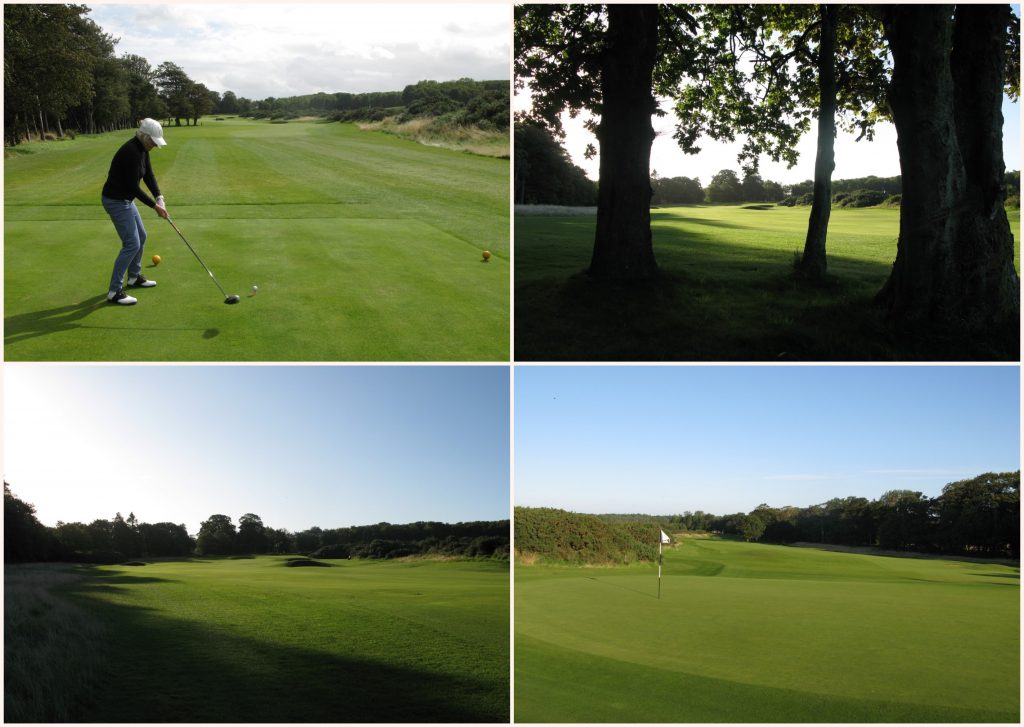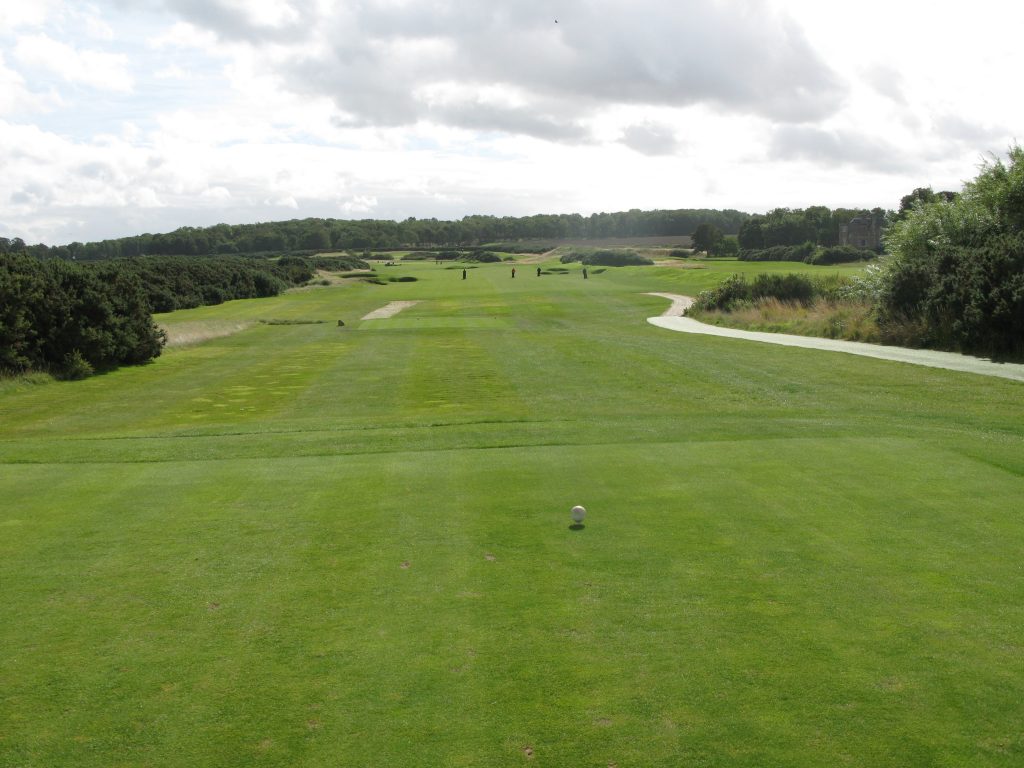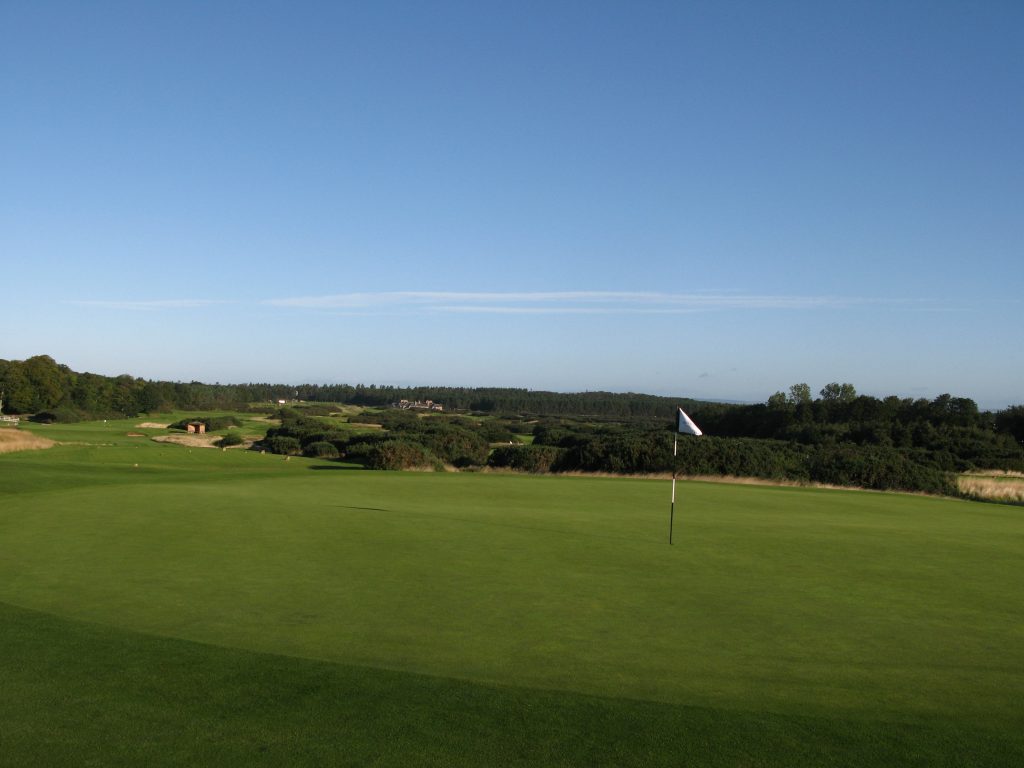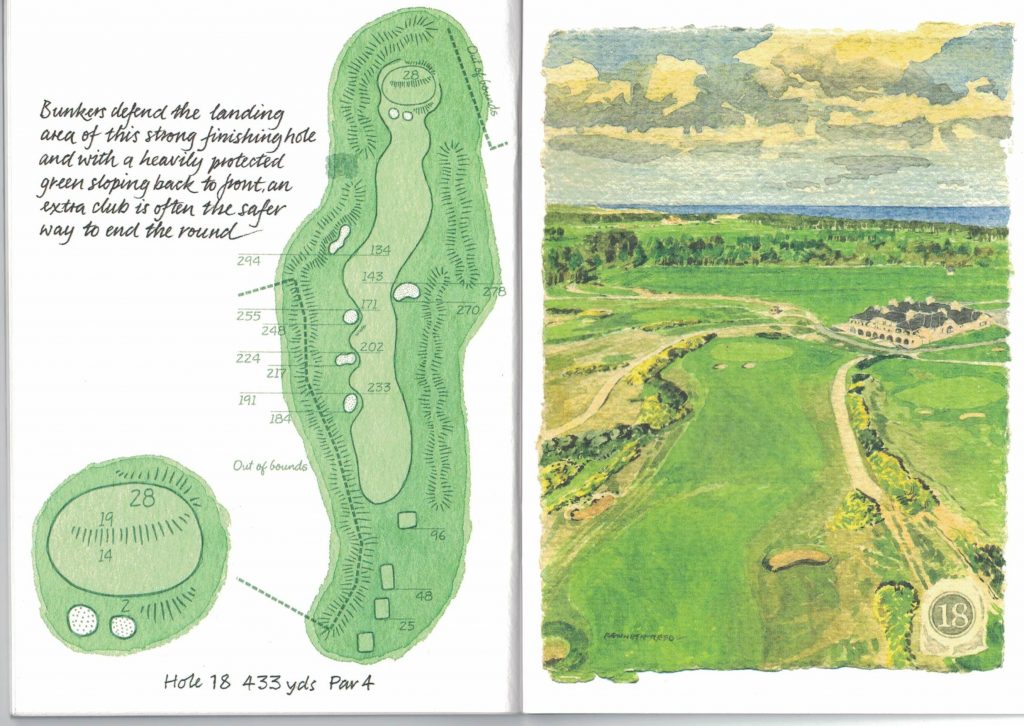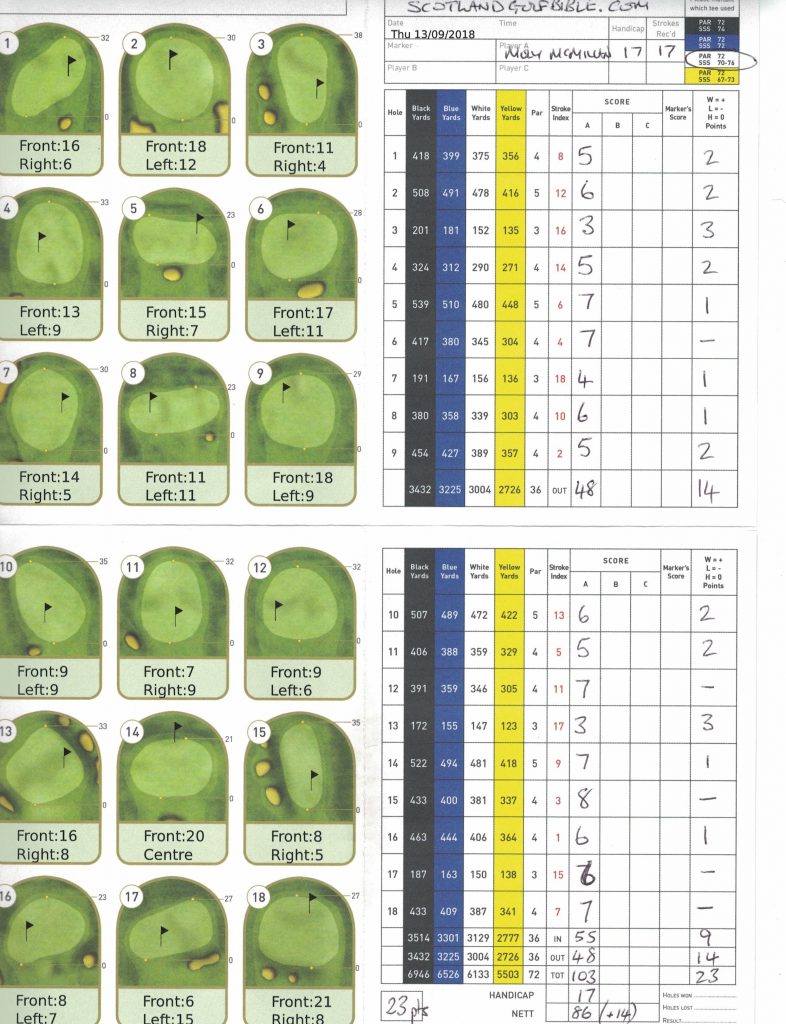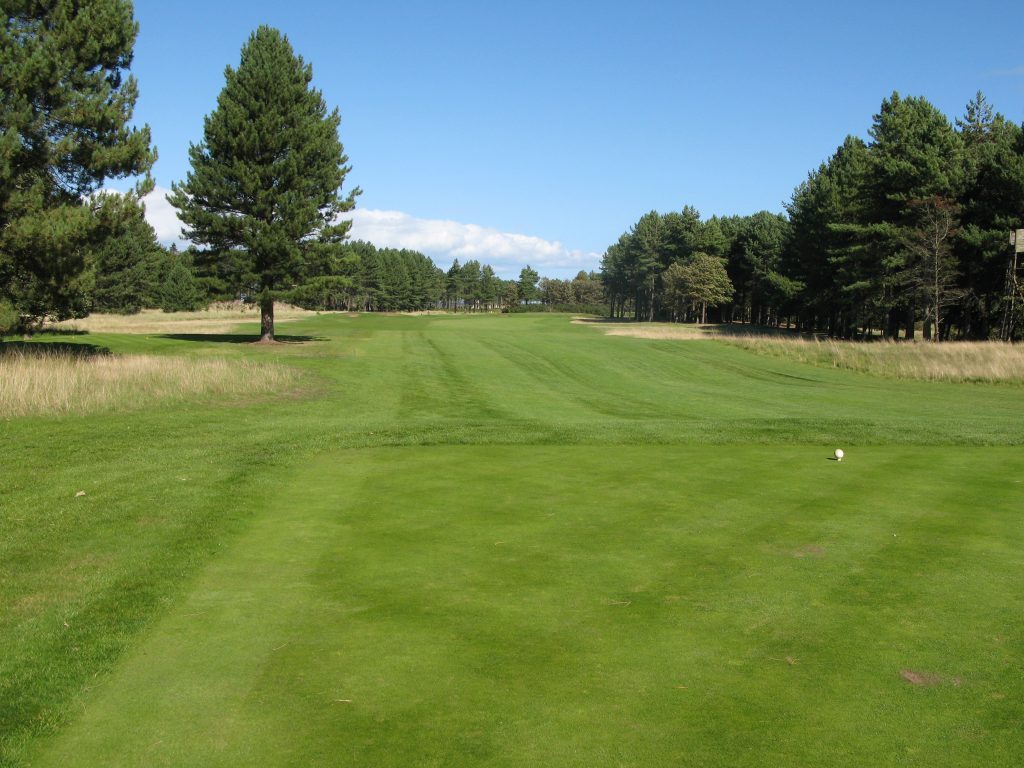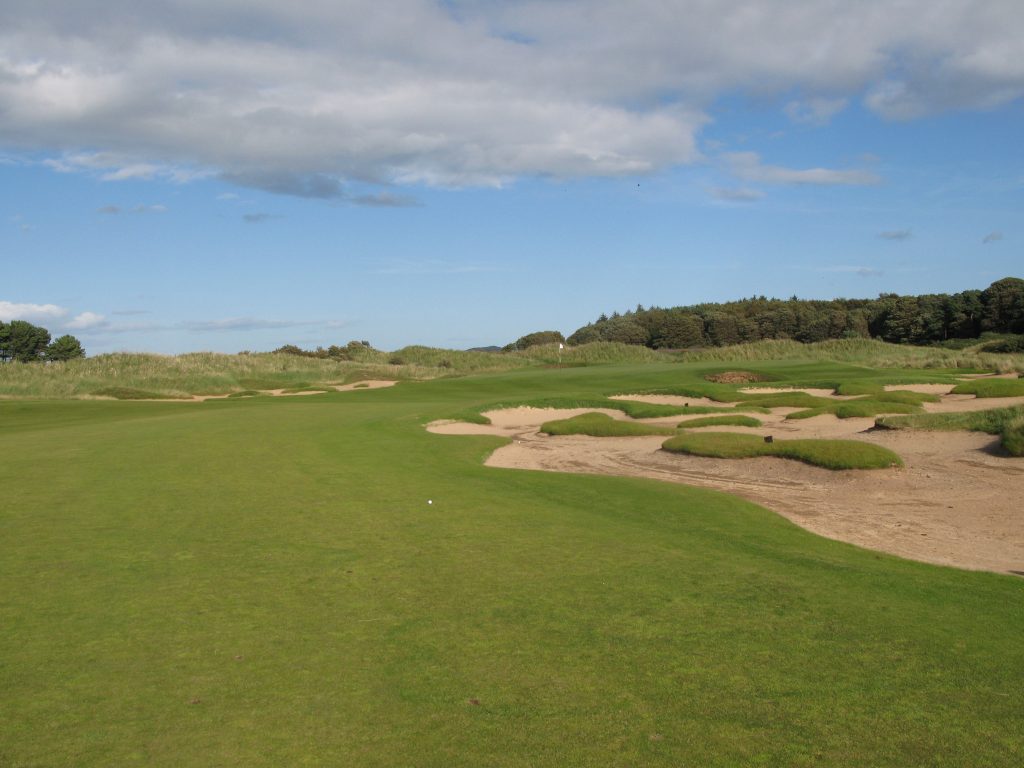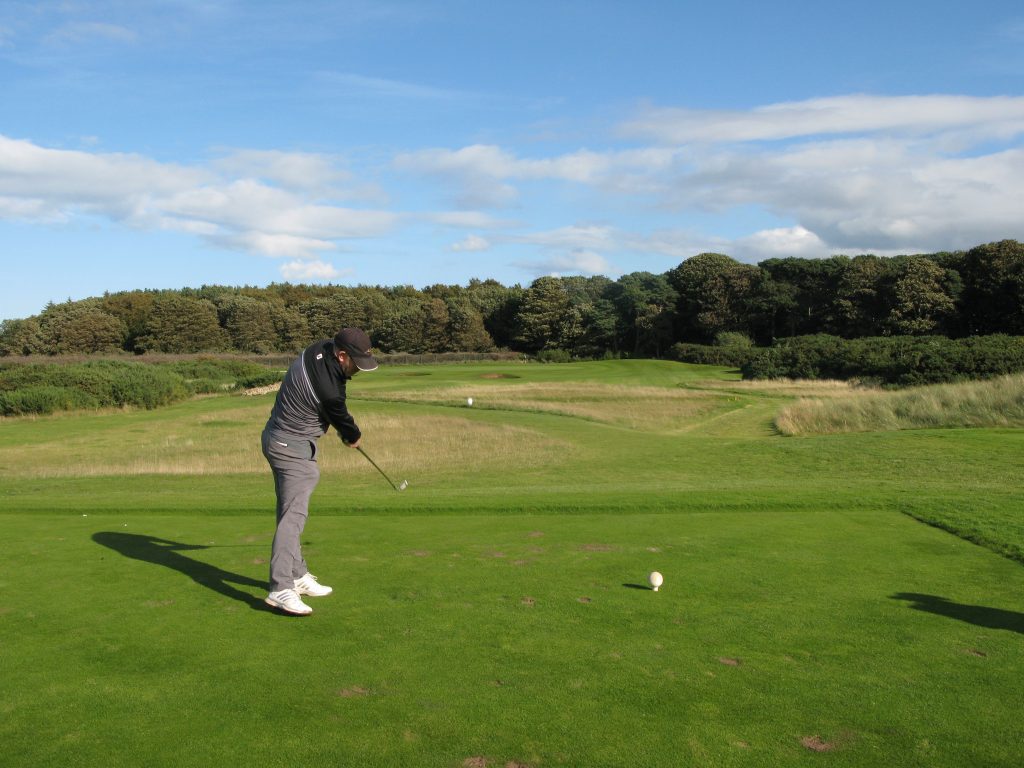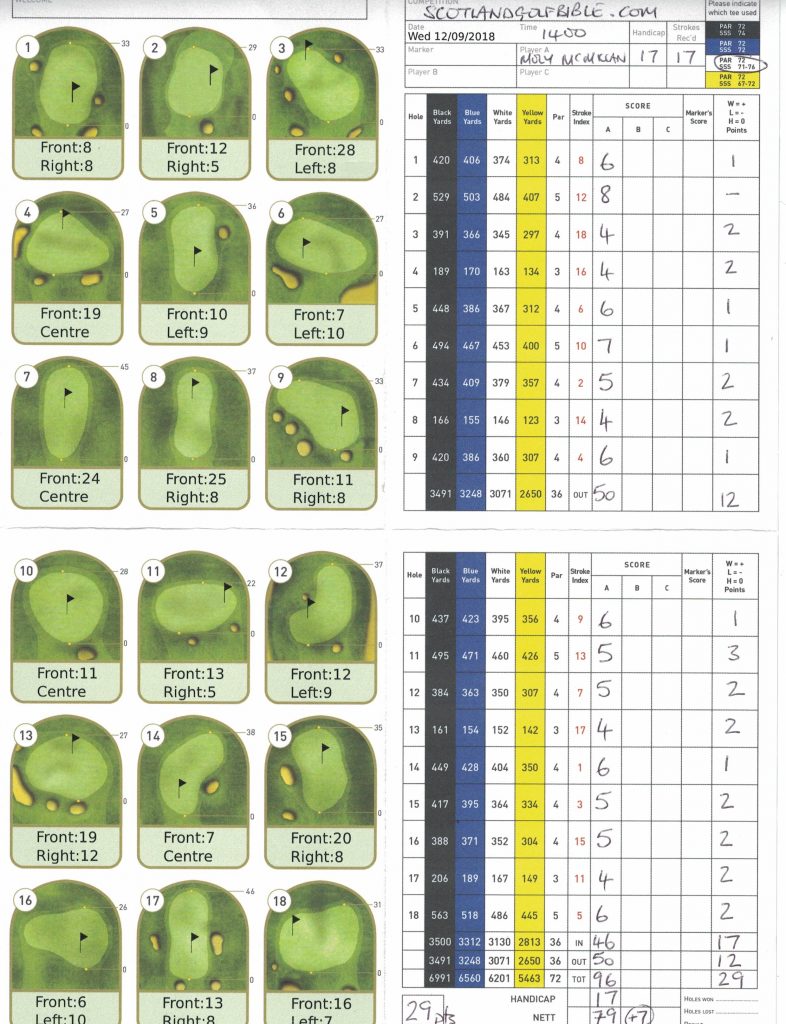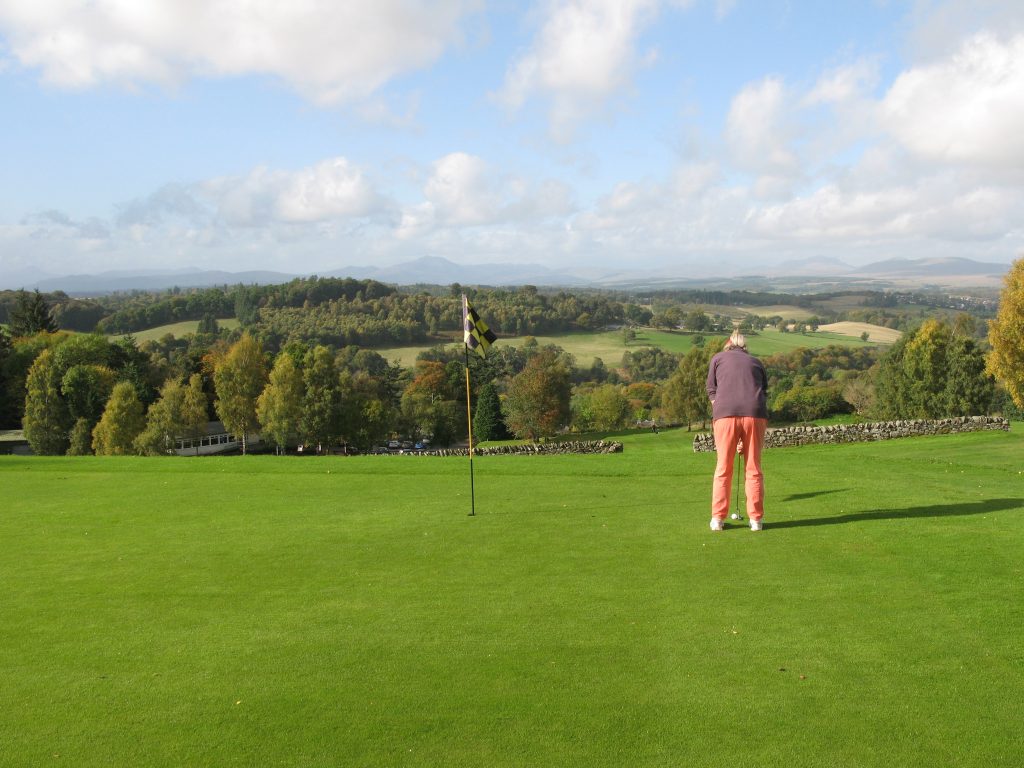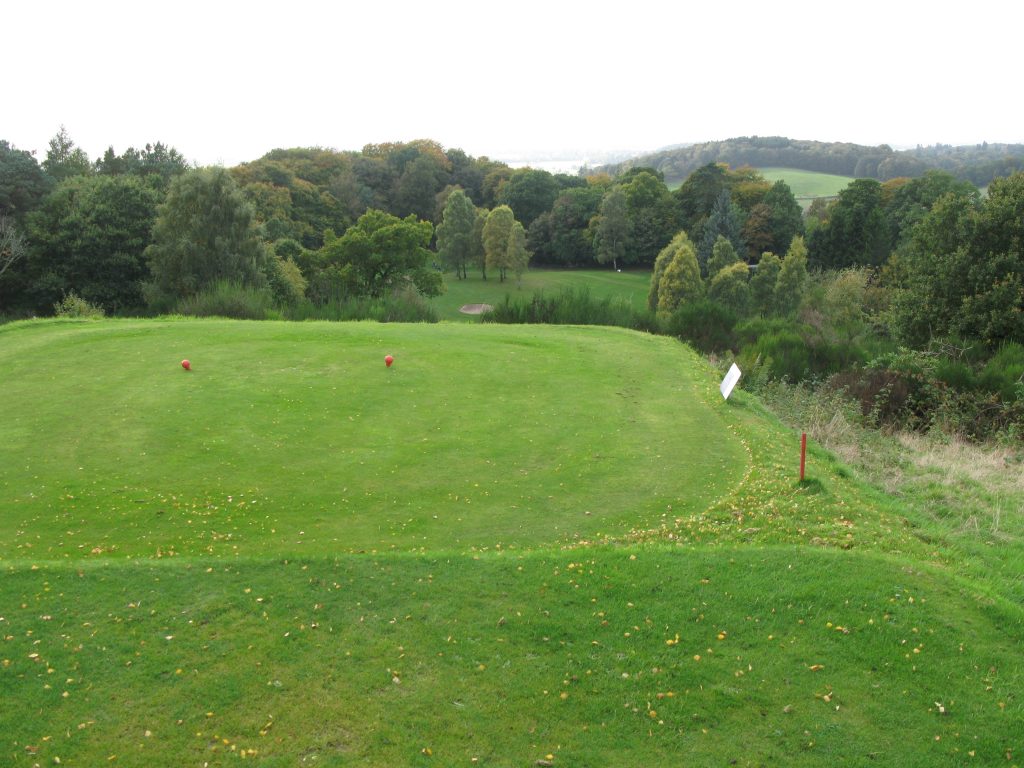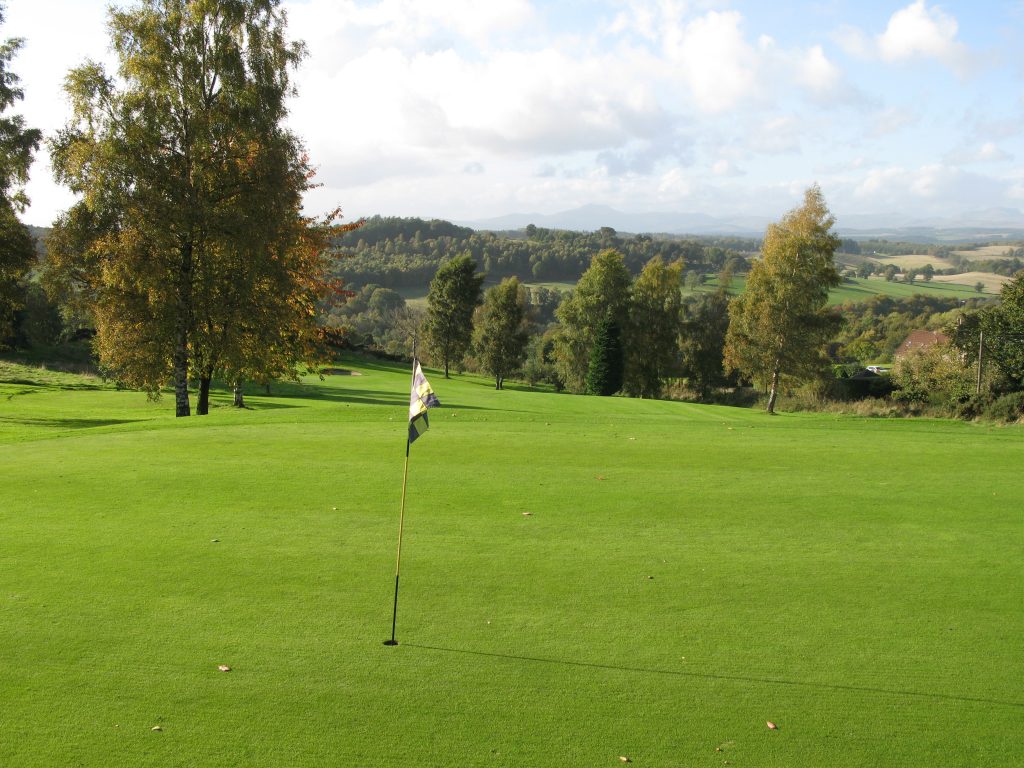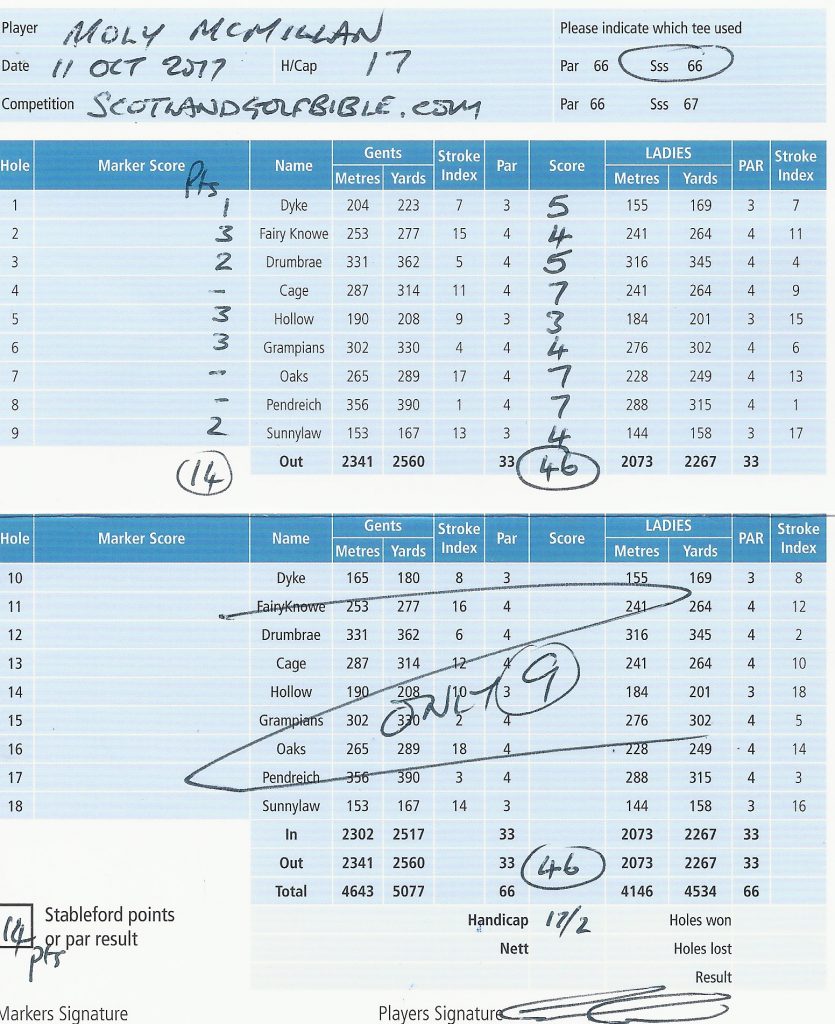The highest ranked of the three Musselburgh courses even though the other two are more historically significant
Round £60. Par 71. Value (out of 5) – 4
Musselburgh is the largest of the towns in East Lothian, situated on the coast about 5 miles from Edinburgh and close to the start of the great North Berwick coastal run of courses which includes Muirfield.
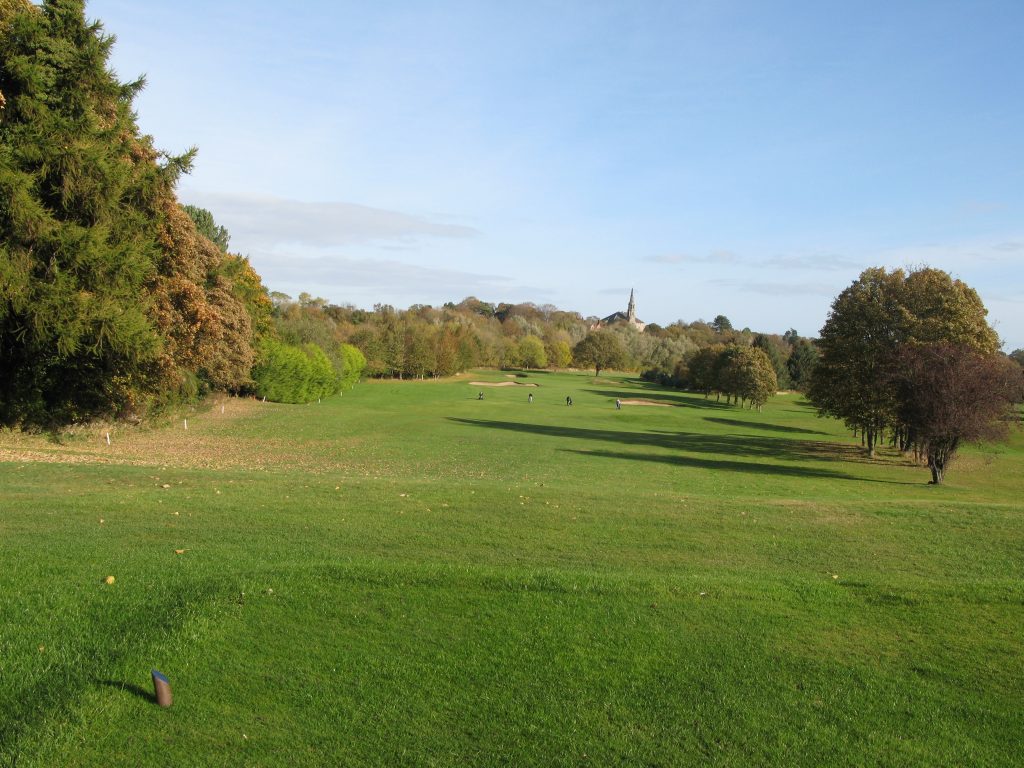
But to say you’re playing ‘Musselburgh’ doesn’t really clarify matters, nor indeed is saying you’re playing in Musselburgh. There are in fact three named ‘Musselburgh’ courses: ‘Musselburgh Links’, which is in Musselburgh and recognised by the Guinness Book of Records as the oldest course in the world; ‘Royal Musselburgh’, the regally appointed course somewhat nearer to Prestonpans than Musselburgh and; plain old ‘Musselburgh’, which is actually in Monktonhall. Confused?
Given that the two other Musselburgh courses enjoy either a pedigree as the oldest course in the world or has a ‘royal’ appendage, I suspect many people are surprised to learn that the course simply called ‘Musselburgh’ is the highest rated of the 3 in most compilations of Scotland’s courses.
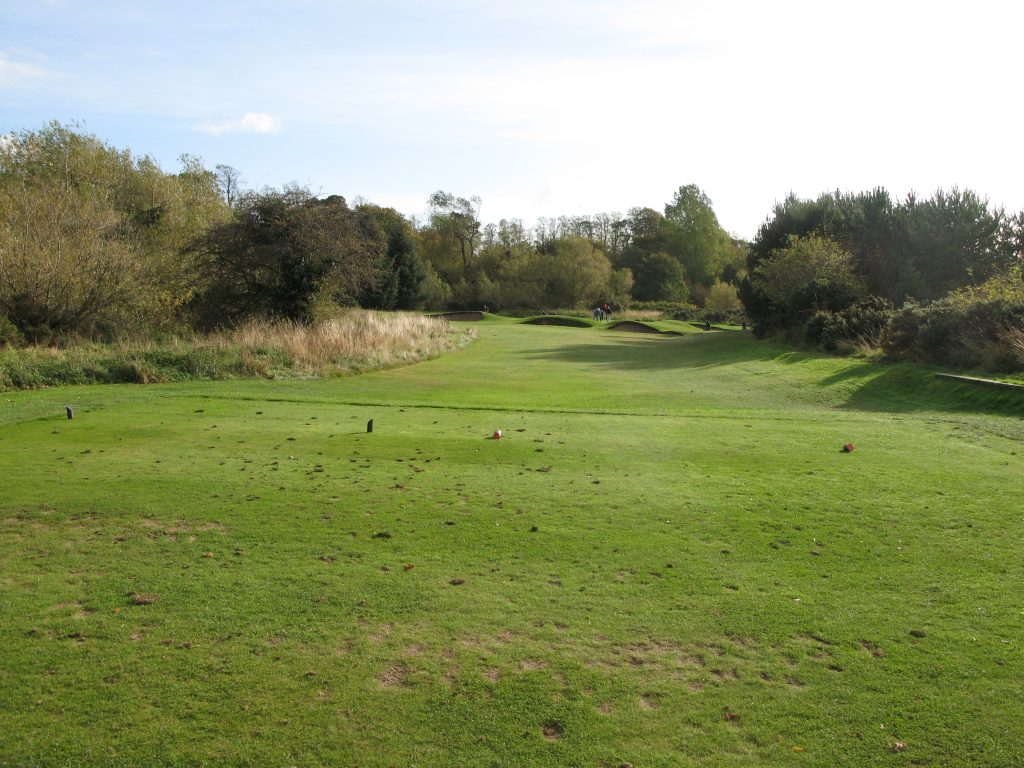
This Musselburgh course opened in 1938 having been designed by James Braid as “a championship” layout. Off the back tees it’s over 6800 years long, and hosts many regional standard competitions, and in the past has held regional Open qualifiers and the Final Qualifier as recently as 2013, such is the best measure of this course.
Off the yellow tees, Musselburgh is still over 6200 yards, and given the amount of breeze on the day I played, presented a very stiff challenge. I shot 99, but 3 lost balls accounted for my scoring only 27 stableford points. I drove the ball well, and the often generous fairways allowed for that. The course was in good condition, although it was let down by the poor maintenance of the teeing areas and readers of my other blogs will realise this is one of my common misgivings, especially with a green fee of £60.
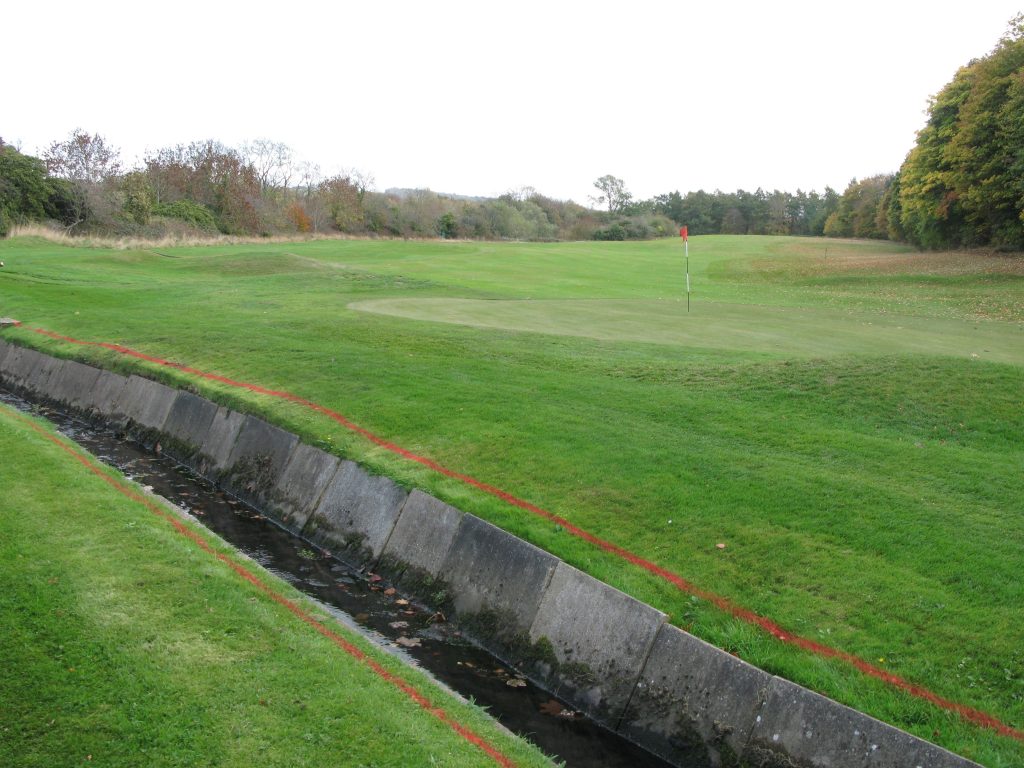
Apparently, the golf course was laid out in open parkand, but visionary tree planting during the 1950s has transformed this into a mature parkland setting and I benefited from the late autumnal colour.
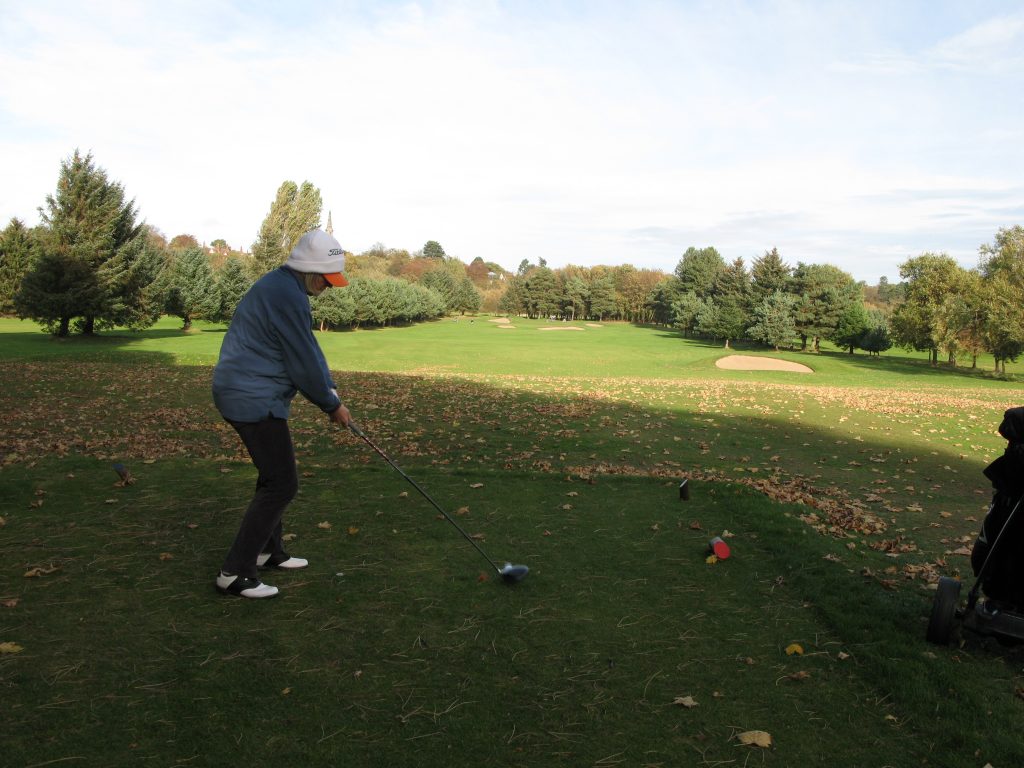
The greens were in great condition and very true to putt on, but you needed to be careful with the greenside bunkering, which I thought was the best feature of this nice layout. With the trees fully matured and the constant changes in direction, one needed to keep track of the wind direction.
My favourite holes were the short 3rd, the slight dog leg right 9th, which had a ditch which long drivers needed to be mindful of, and the tough par 4 15th where a water hazard lies at the back of the green which I found having hit my longest 7 iron of the season!
The last hole is a very long par 4 uphill to a welcoming clubhouse. Its worth mentioning the friendliness of the staff in the bar.
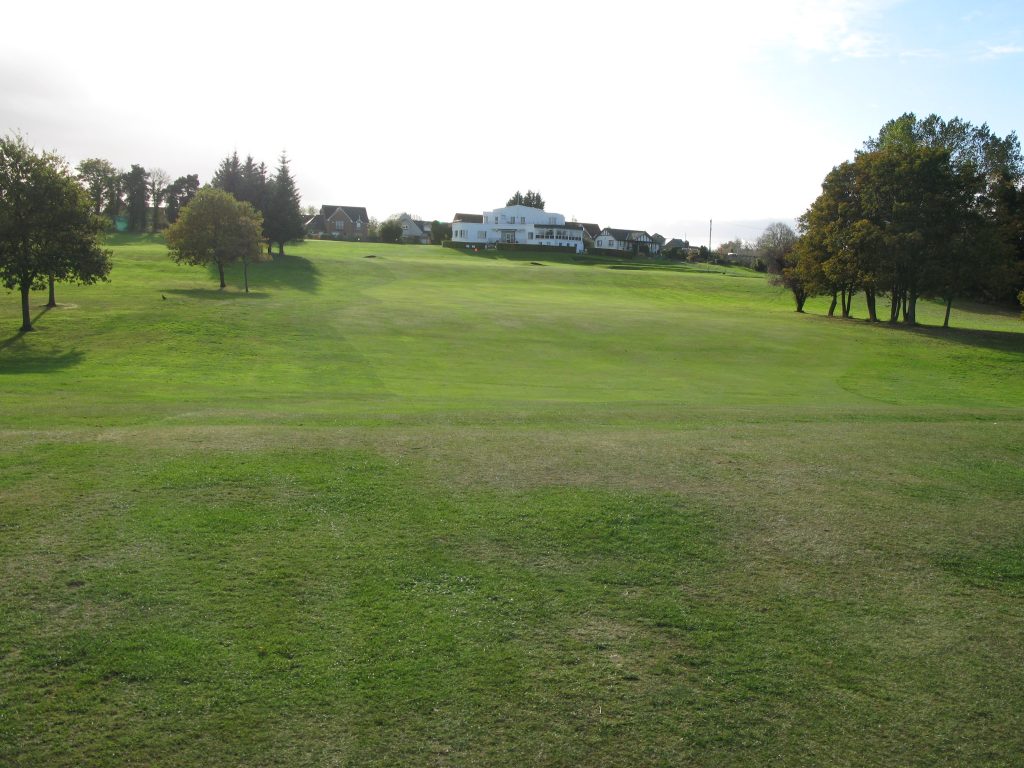
Some Facts
Course Type: Parkland
Par 71 (3 par 5s, 11 par 4s, 4 par 3s)
Distance (yellow) 6241 yards
Moly’s Gross Score 99

